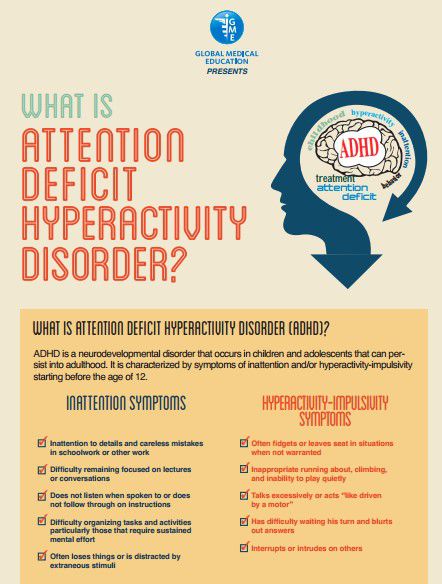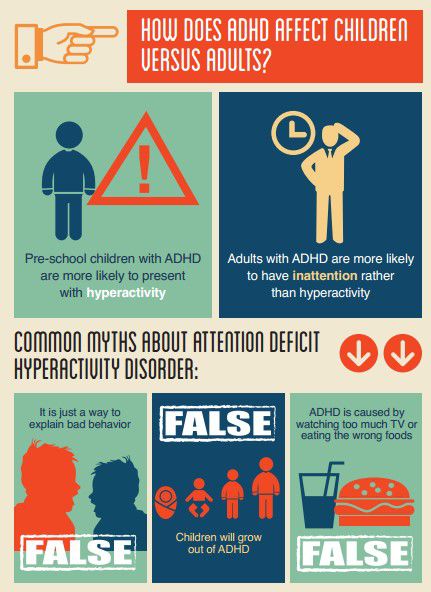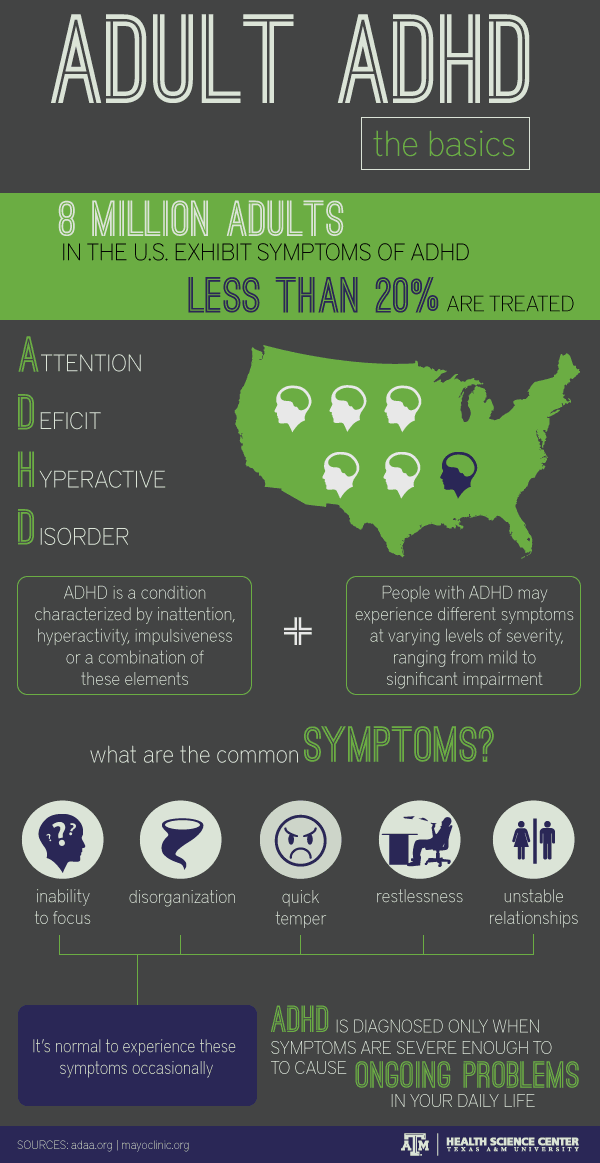Listen de Podcast
Guest authors

Juan Moisés de la Serna, PhD
Doctor of Psychology, Master of Neurosciences and Behavioral Biology.

Marcos Altable, MD
Founder of Neuroceuta. Specialist in Neurology and Child Neurology
We’re glad to introduce you to a new topic: The Attention Deficit Hyperactivity Disorder, also known as ADHD.
In this first post we tell about its symptoms and consequences for adults’ everyday life.
What is Attention deficit hyperactivity disorder or ADHD?
It’s a neurodevelopmental disorder, characterized by inattention, and/or excessive activity and impulsivity, which are otherwise not appropriate for a person's age. ADHD accounts for approximately 5 to 10% of mental disorders in childhood and adolescence.
The prevalence in adulthood is estimated to be approximately 5%. This disorder can be divided into three subtypes, depending on the predominating symptoms. Thus, it is possible to distinguish between inattentive subtype, impulsive-hyperactive subtype and mixed subtype.

The most significant clinical symptoms in adulthood, are the difficulties in planning activities of daily living, an extreme restlessness and damaging impulsivity, all of which contribute to the challenge in keeping stable jobs and relationships.
Symptoms can harm a variety of life functions, such as family relationships, financial situation, as well as training and professional life.
Up to now, the diagnostic classification has been based on the psychopathological findings and the resulting everyday limitations in several areas of a patient’s life, for example, professional participation, daily living skills and social interactions.
About 63 to 90% of adult ADHD patients are affected by at least one mental illness. The most common psychological comorbidities in adults with ADHD include substance abuse and dependence, depression, anxiety disorders, and personality disorders.
There are studies that provide evidence of the assumption that ADHD is not limited to childhood or adulthood, but it is a chronic disease throughout life.
What are the symptoms of ADHD in adults?
The central symptoms of ADHD include three psychopathological syndromes: attention disorders, impulsivity, and hyperactivity. It’s noteworthy that almost 90% of patients show inattentive symptoms. Attention deficit tends to be far more prevalent than other ADHD symptoms.

On the other hand, the hyperactive/impulsive subtype appears to be the least represented, characterizing only 8% of patients.
What are the psychosocial consequences of ADHD in adults?
The ADHD social consequences that are described in literature, occur among those adults who have not been previously diagnosed with this disorder, in those who have not received neuropsychological treatment yet, or in those who do not usually take the treatment.
So, these consequences could be reduced if patients followed the treatment on a regular basis, having a normal life.
Those affected by ADHD are not only harmed by its core symptoms, but also by associated social and emotional impairments that compromise patients’ everyday life.

Adult ADHD patients also often report problems in the area of social interactions, such as difficulties in building long-term relationships, as well as inharmonious and changing connections. Studies also show risky sexual behaviors, since ADHD increases the number of unwanted pregnancies and the risk of sexually transmitted diseases.
People with ADHD have a high risk of staying below their cognitive performance abilities in terms of their school and professional qualifications. They are as well characterized by the change in labor relations and by an unstable working life.
In addition, long-term unemployment affects ADHD patients more frequently, and women show difficulties integrating into the labor market.
Moreover, people with ADHD tend to take hasty and dangerous procedures due to impulsive behavior dispositions, which increase the risk of traffic accidents. They are more likely to commit violations such as speeding or driving under alcohol influence.
One of the most notable consequences regarding ADHD in the educational stage is the high association with learning difficulties and an elevated rate of school failure, which is associated with grade retention and in some cases, leading to dropping out studies prematurely.
This lack of completion of scholarships will affect patients’ adult life, as it is associated with less qualified works, with a decrease in employment and economic opportunities compared to their peers who do not have ADHD.
In case you wish to know the ADHD characteristics in older adults, its impact on the elderly, and also how to treat this ailment, follow us in our next installments.
If you would like to know more about other topics or content through our post and podcast series, feel free to contact us.